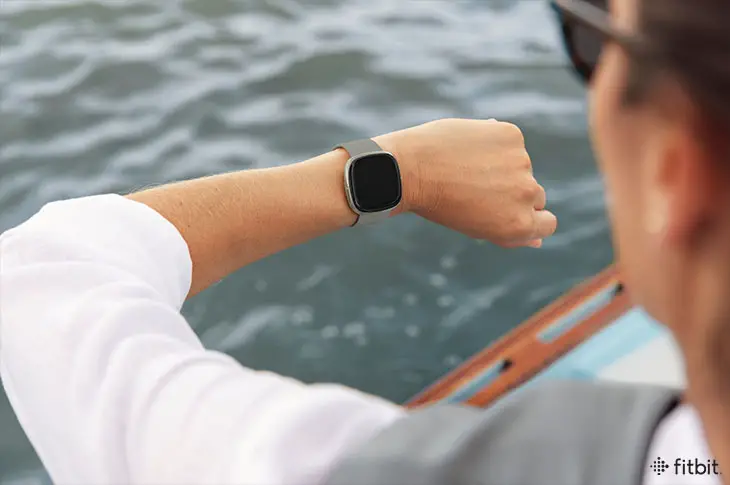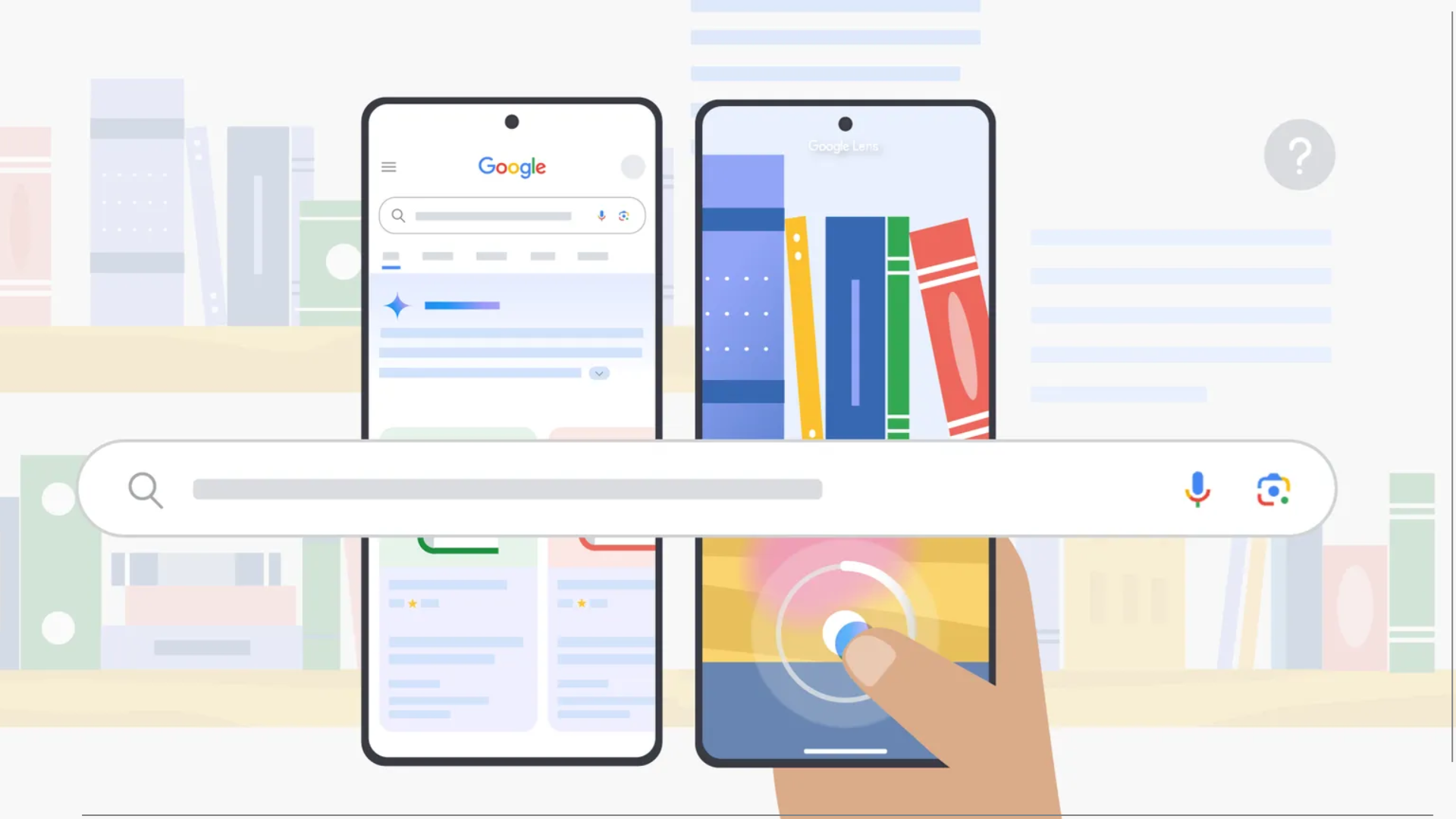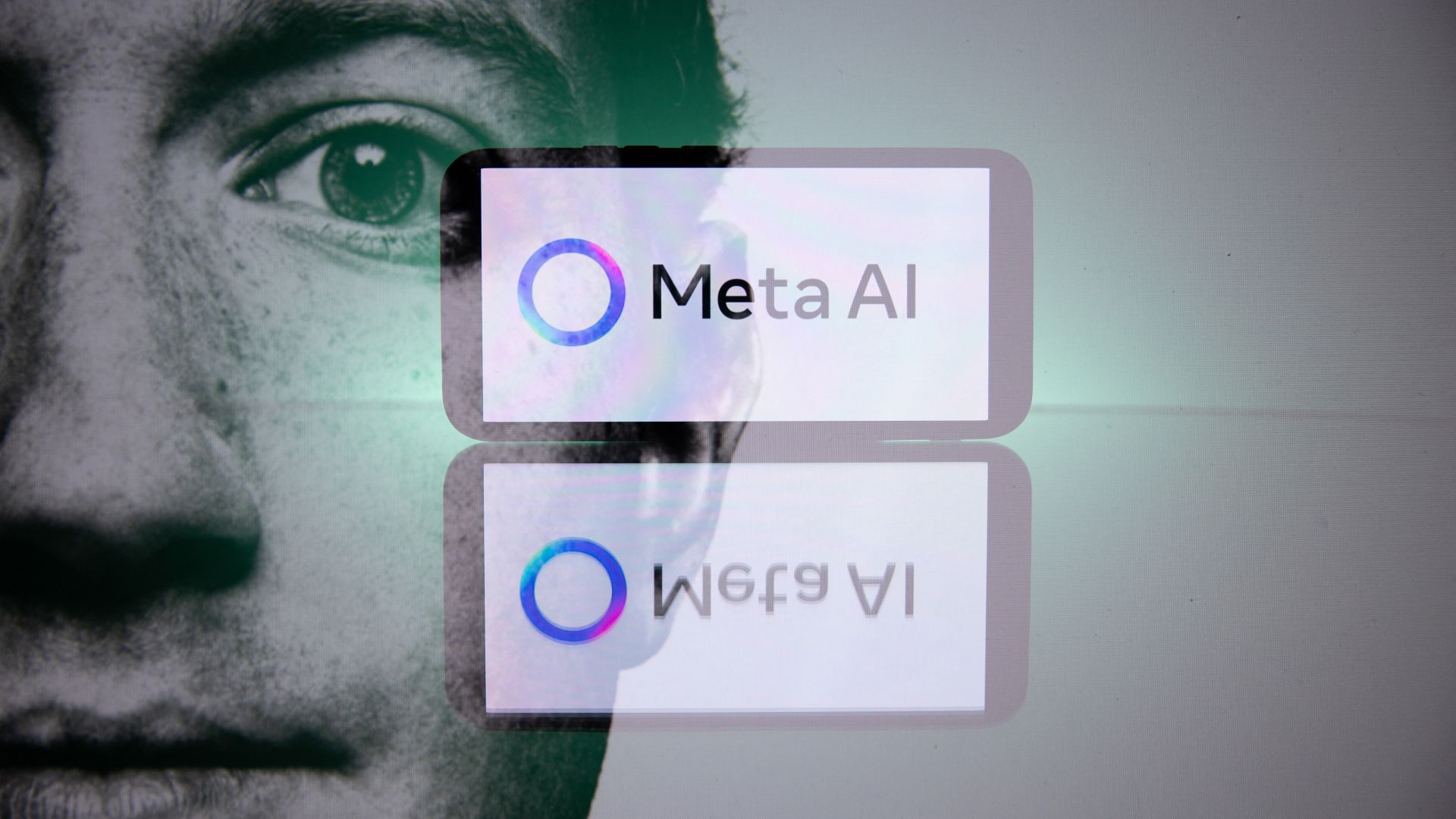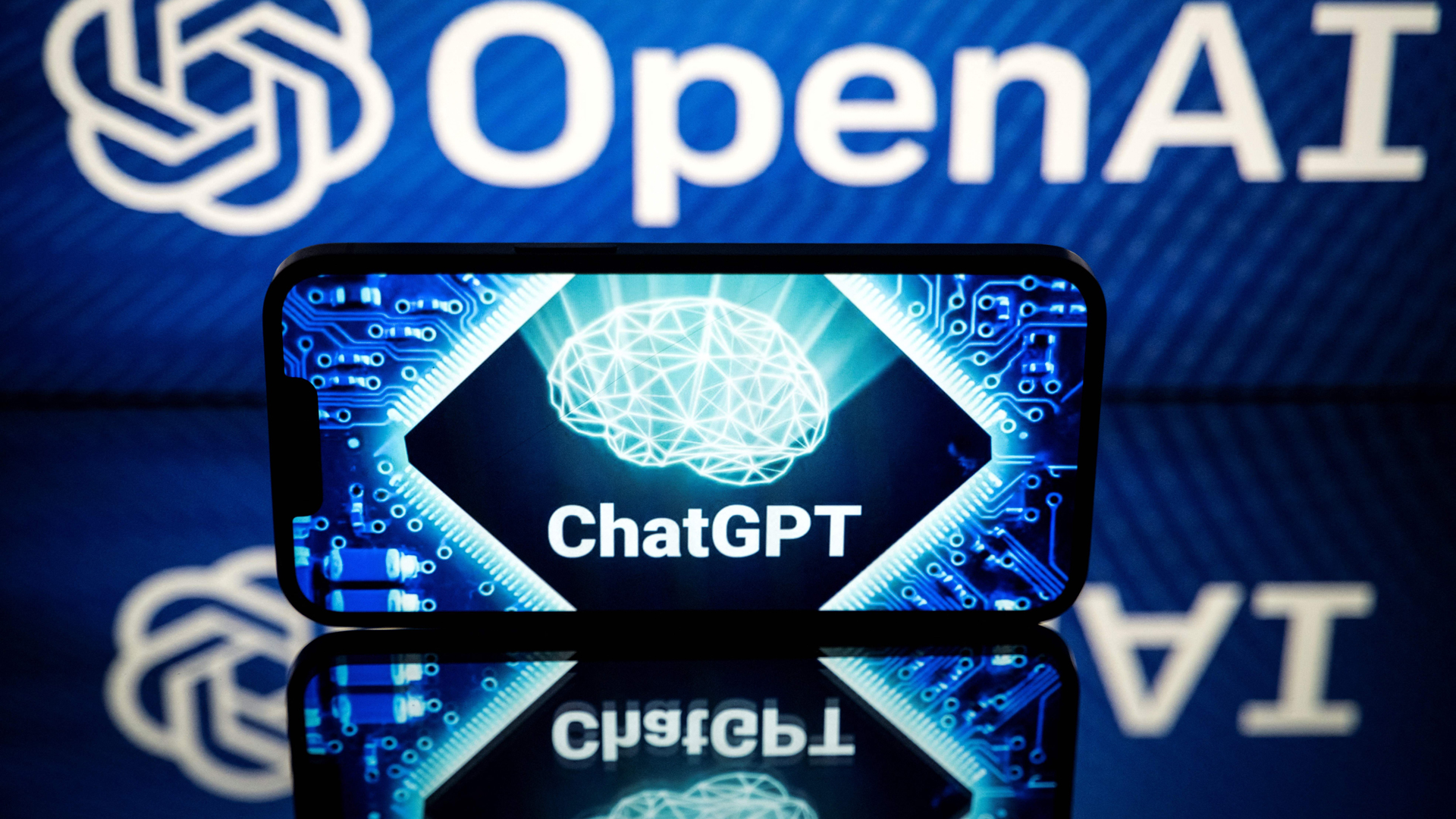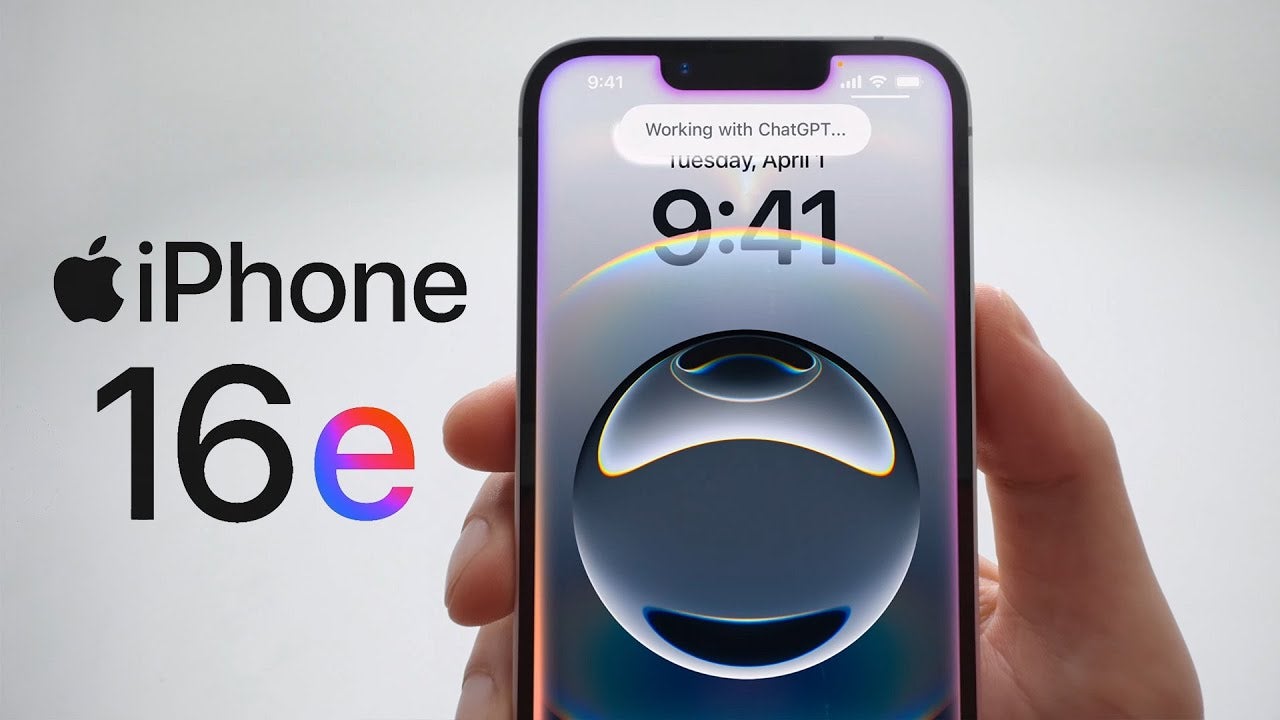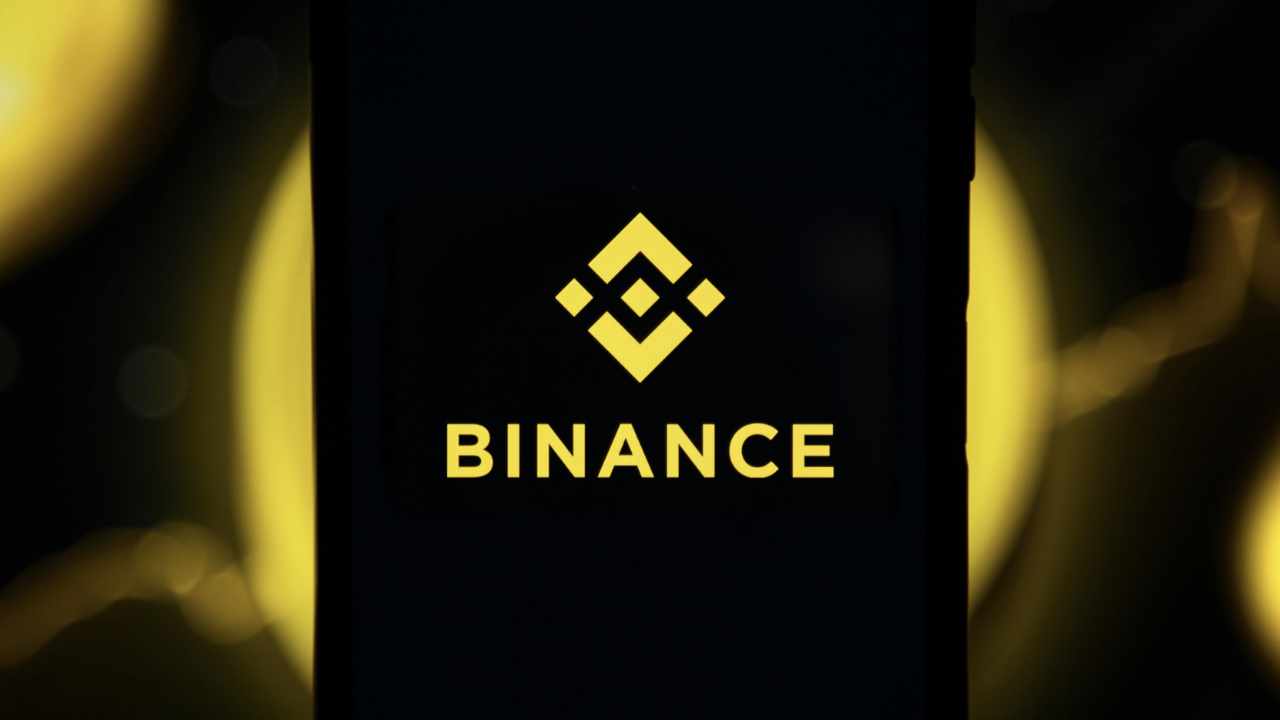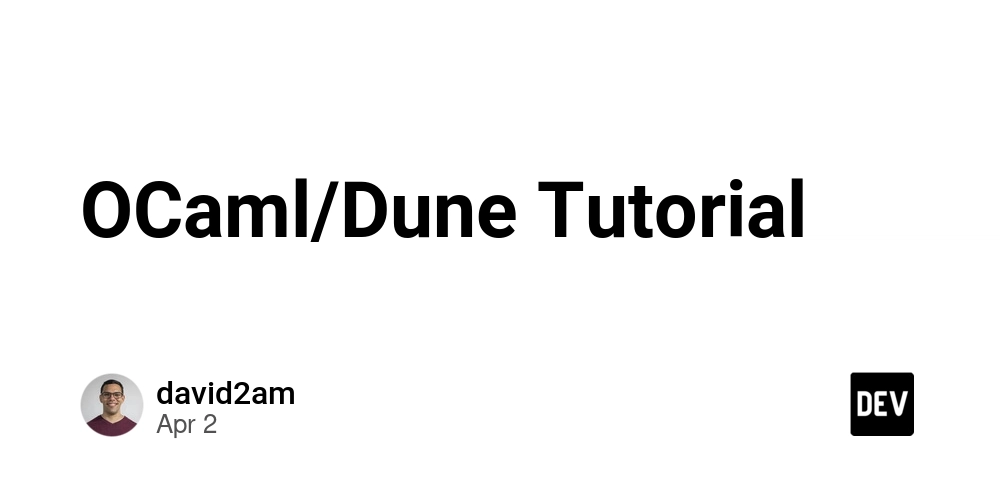I Asked 4 LLMs the Same Travel Questions. Here is Who Crushed It (and Who Crashed).
I Tested 4 Leading LLMs for Travel Planning — Here’s Who Gave the Best Answers (and Who Missed the Mark)”These days, choosing a travel assistant is more about selecting the appropriate AI or, more precisely, the correct LLM (Large Language Model)than it is about Googling. That meant I tested four top candidates: ChatGPT, Copilot, Gemini, and Grok. I questioned them the identical four real-world travel questions and evaluated their responses for utility, vibe, personality, and visuals.Grok vs copilot vs gemini vs chatgpt1. Top Tokyo Stay for Remote Workers Who Enjoy Cafes Prompt: “If I work remotely and enjoy cafes, what’s the ideal area to stay in Tokyo?” Grok’s Opinion: Grok provided a fair list of remote-work-friendly Tokyo districts Shibuya, Nakameguro, Kichijōji, and Kōenji, each with a good vibe, cafe, connectivity, and ambiance analysis. What was useful: Grok underlined Nakameguro for cherry blossoms and relaxed cafés, while Koenji for indie flair and low-cost travel. Practical advice includes co-working ideas and closeness to JR Chuo Line. What lacked: No visual help or particular cafe names. A little too safe it read like a Lonely Planet blurb, not a local’s instruction sheet. Gemini’s Take: Stylish design and great detail showed Gemini’s great flexibility. It emphasized Shibuya, Shinjuku, Daikanyama, and Nakameguro, with mentions such as The Millennials, Cafe Caffice, and Tsutaya Daikanyama. What worked well: Actual cafe names and their feel worked wonderfully. Mentioned crowd sizes and Wi-Fi dependability. Clean visual hierarchy and clear advantages/disadvantages. ChatGPT’s Opinion: With depth, color, and character, ChatGPT got it. It added five neighbor hoods including Shimokitazawa, Koenji, and Kichijōji and tossed in phrases like “Brooklyn-meets-Bosphorus” (sure, we’re paying attention). What was effective: Gave you a vibe check before you booked: artistic? laid-back? walkable Bonus: Recommended looking up “ノマド” (digital nomad) and apps like Tabelog. Clever. Where to go better: Slightly less organized than Gemini but far more relatable. ✴️ Copilot’s Take: Copilot kept it short, mentioning only a few names like Bar & Cafe Camellia and Oriental Lounge. What was effective: Visual map! This is a great UX benefit. You immediately know where these locations are. Great for those seeking elegance (Marunouchi) or innovative co-working environments. Where it fell short: Little investigation into local vibes. No casual choices mentioned as Koenji or Shimokitazawa.
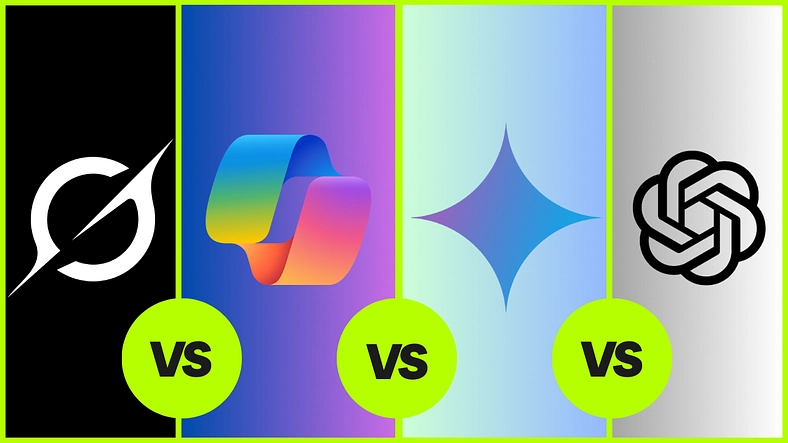
I Tested 4 Leading LLMs for Travel Planning — Here’s Who Gave the Best Answers (and Who Missed the Mark)”
These days, choosing a travel assistant is more about selecting the appropriate AI or, more precisely, the correct LLM (Large Language Model)than it is about Googling. That meant I tested four top candidates: ChatGPT, Copilot, Gemini, and Grok. I questioned them the identical four real-world travel questions and evaluated their responses for utility, vibe, personality, and visuals. Grok vs copilot vs gemini vs chatgpt
Grok vs copilot vs gemini vs chatgpt1. Top Tokyo Stay for Remote Workers Who Enjoy Cafes
Prompt: “If I work remotely and enjoy cafes, what’s the ideal area to stay in Tokyo?”
Grok’s Opinion:
Grok provided a fair list of remote-work-friendly Tokyo districts Shibuya, Nakameguro, Kichijōji, and Kōenji, each with a good vibe, cafe, connectivity, and ambiance analysis.
What was useful:
- Grok underlined Nakameguro for cherry blossoms and relaxed cafés, while Koenji for indie flair and low-cost travel.
- Practical advice includes co-working ideas and closeness to JR Chuo Line.
What lacked:
- No visual help or particular cafe names.
- A little too safe it read like a Lonely Planet blurb, not a local’s instruction sheet.

Gemini’s Take:
Stylish design and great detail showed Gemini’s great flexibility. It emphasized Shibuya, Shinjuku, Daikanyama, and Nakameguro, with mentions such as The Millennials, Cafe Caffice, and Tsutaya Daikanyama.
What worked well:
- Actual cafe names and their feel worked wonderfully.
- Mentioned crowd sizes and Wi-Fi dependability.
- Clean visual hierarchy and clear advantages/disadvantages.


ChatGPT’s Opinion:
With depth, color, and character, ChatGPT got it. It added five neighbor hoods including Shimokitazawa, Koenji, and Kichijōji and tossed in phrases like “Brooklyn-meets-Bosphorus” (sure, we’re paying attention).
What was effective:
- Gave you a vibe check before you booked: artistic? laid-back? walkable
- Bonus: Recommended looking up “ノマド” (digital nomad) and apps like Tabelog. Clever.
Where to go better:
- Slightly less organized than Gemini but far more relatable.
✴️ Copilot’s Take:
Copilot kept it short, mentioning only a few names like Bar & Cafe Camellia and Oriental Lounge.
What was effective:
- Visual map! This is a great UX benefit. You immediately know where these locations are.
- Great for those seeking elegance (Marunouchi) or innovative co-working environments.
Where it fell short:
- Little investigation into local vibes.
- No casual choices mentioned as Koenji or Shimokitazawa.














































































































































































![[The AI Show Episode 144]: ChatGPT’s New Memory, Shopify CEO’s Leaked “AI First” Memo, Google Cloud Next Releases, o3 and o4-mini Coming Soon & Llama 4’s Rocky Launch](https://www.marketingaiinstitute.com/hubfs/ep%20144%20cover.png)















































































































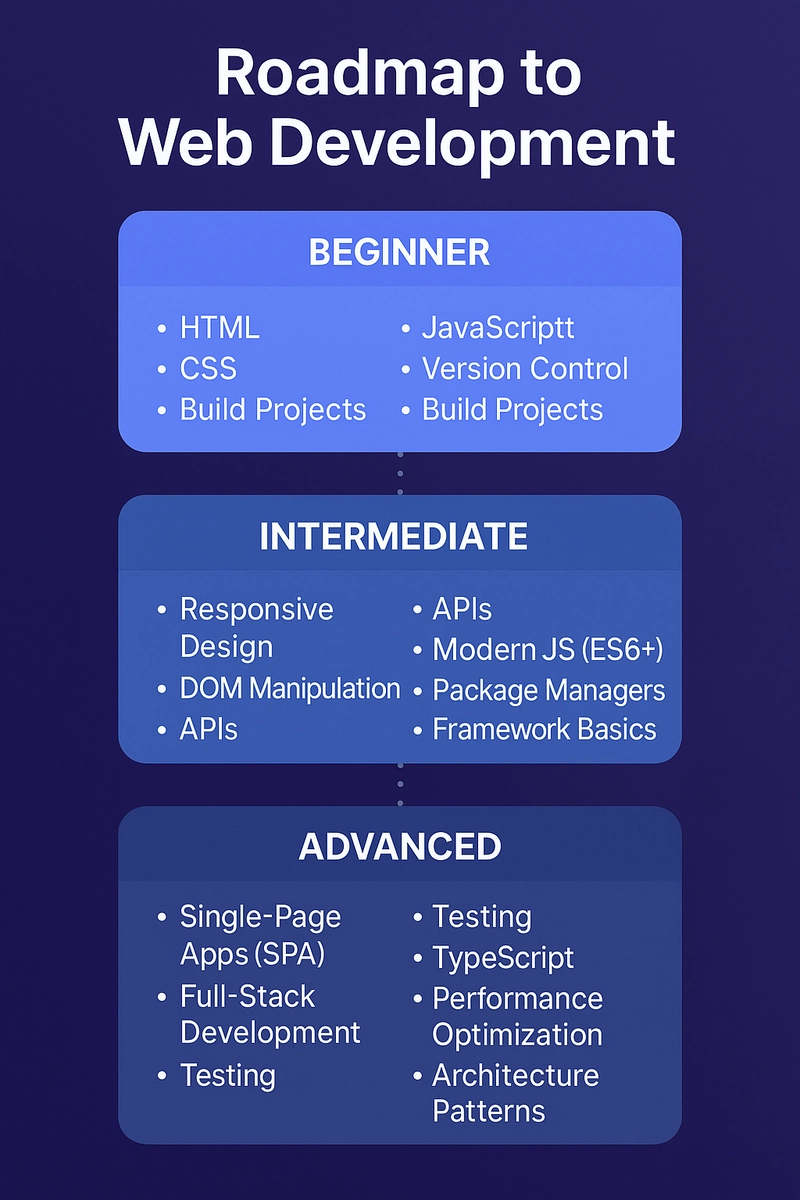
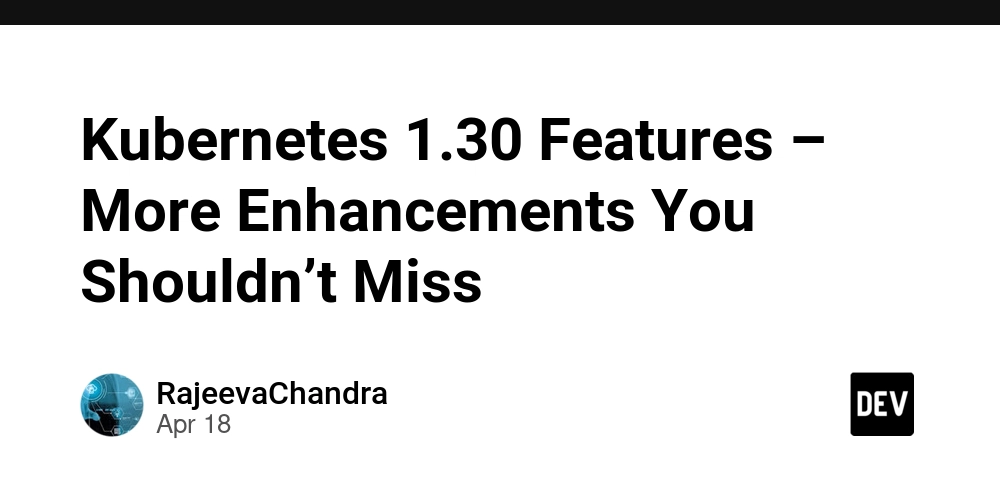
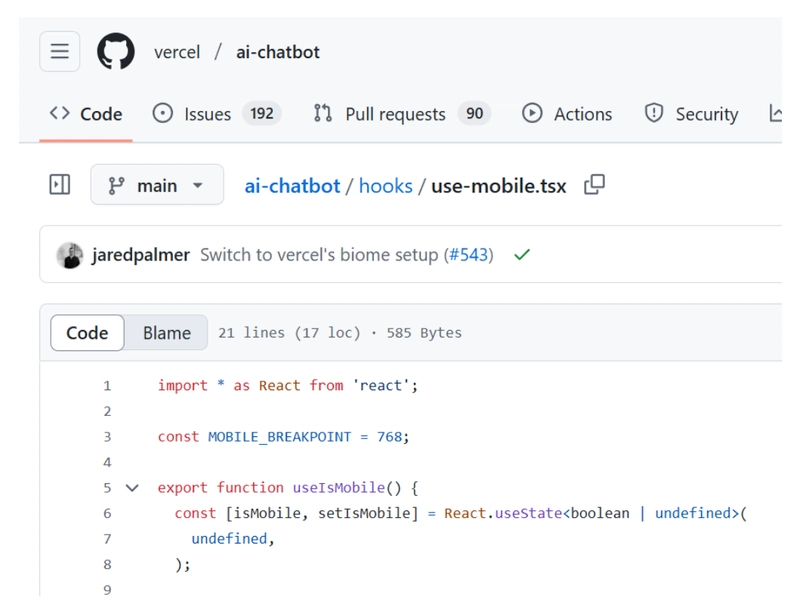































































![Rogue Company Elite tier list of best characters [April 2025]](https://media.pocketgamer.com/artwork/na-33136-1657102075/rogue-company-ios-android-tier-cover.jpg?#)






























































































.webp?#)



































































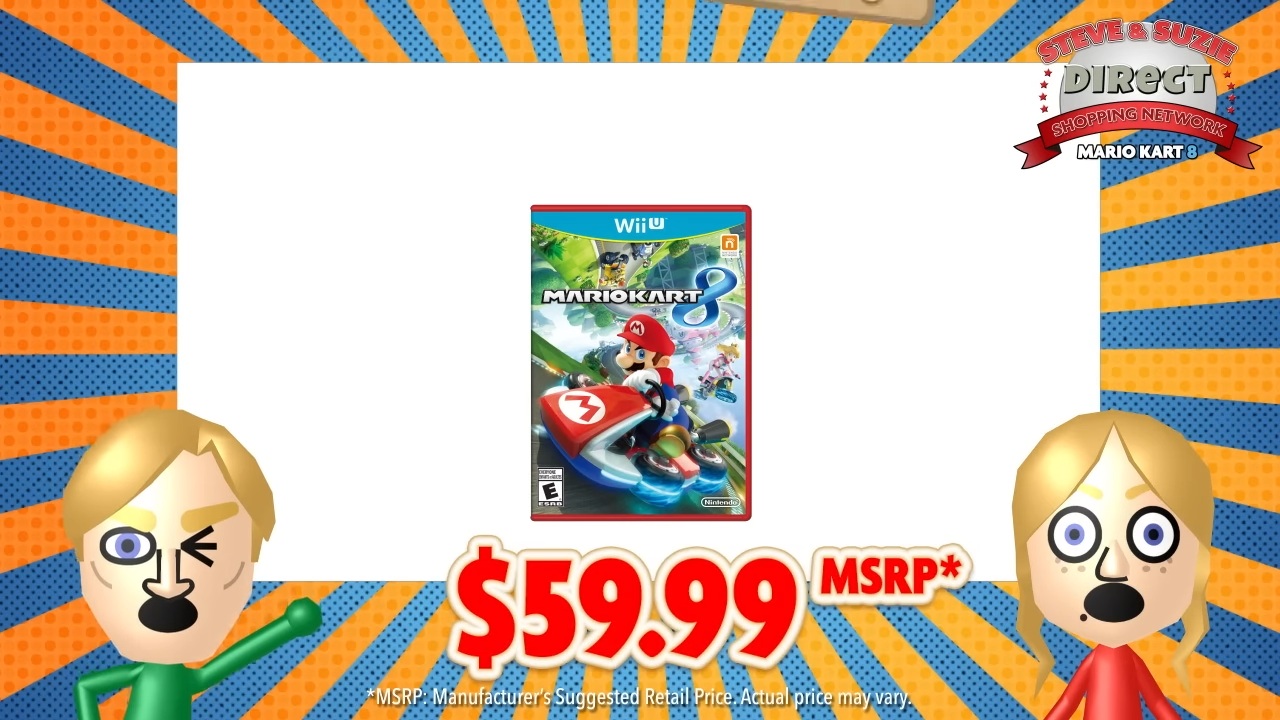











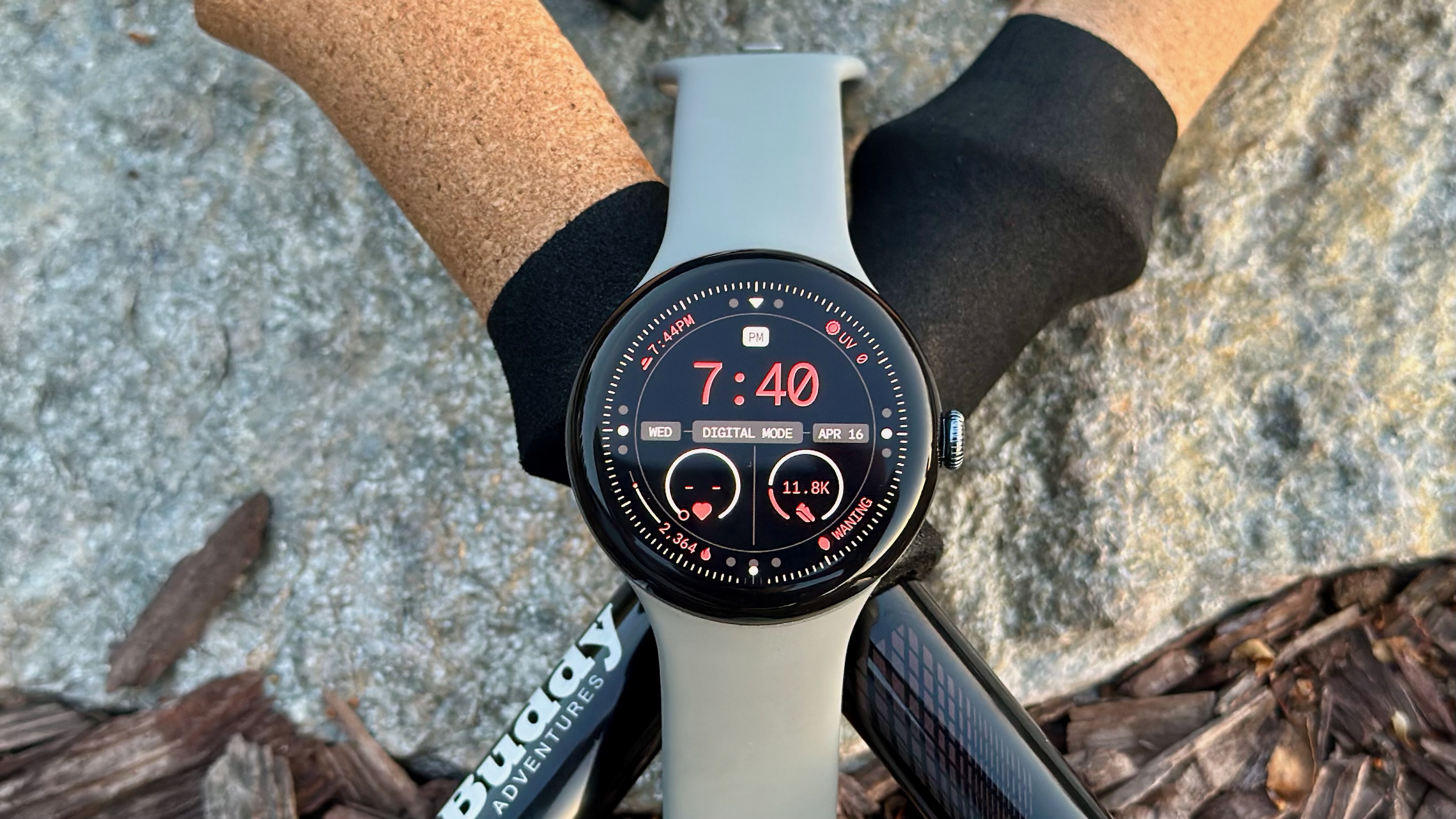



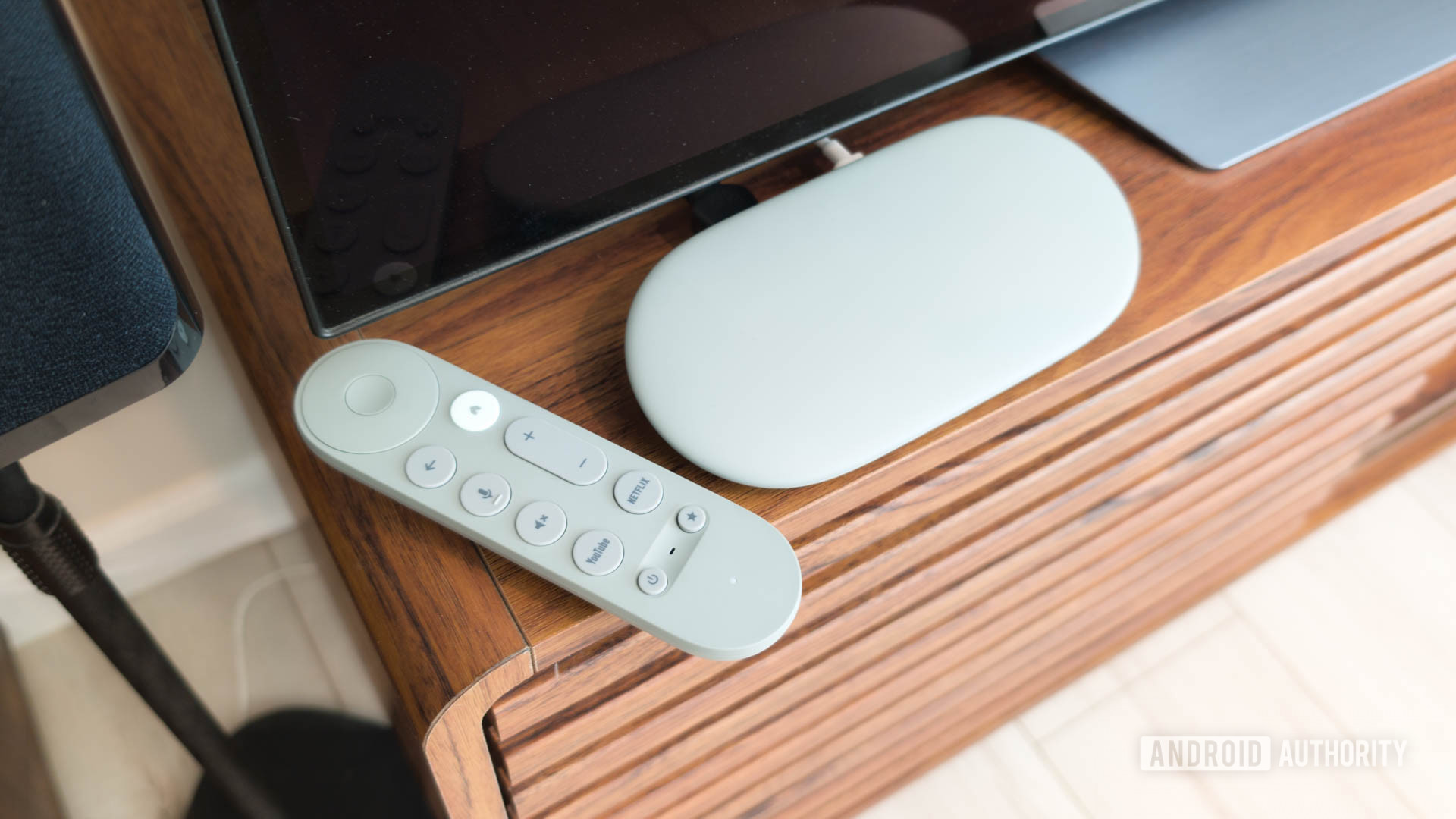
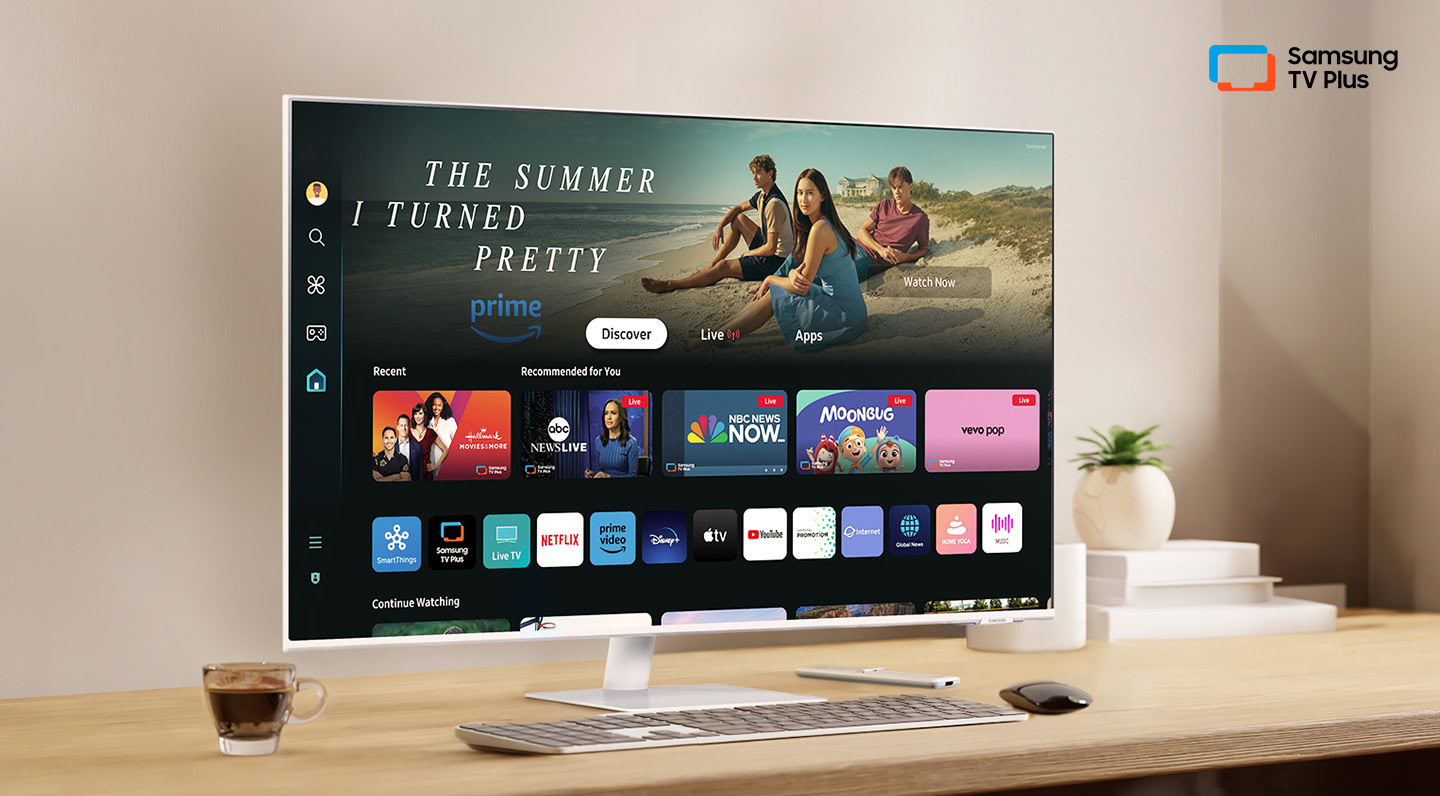
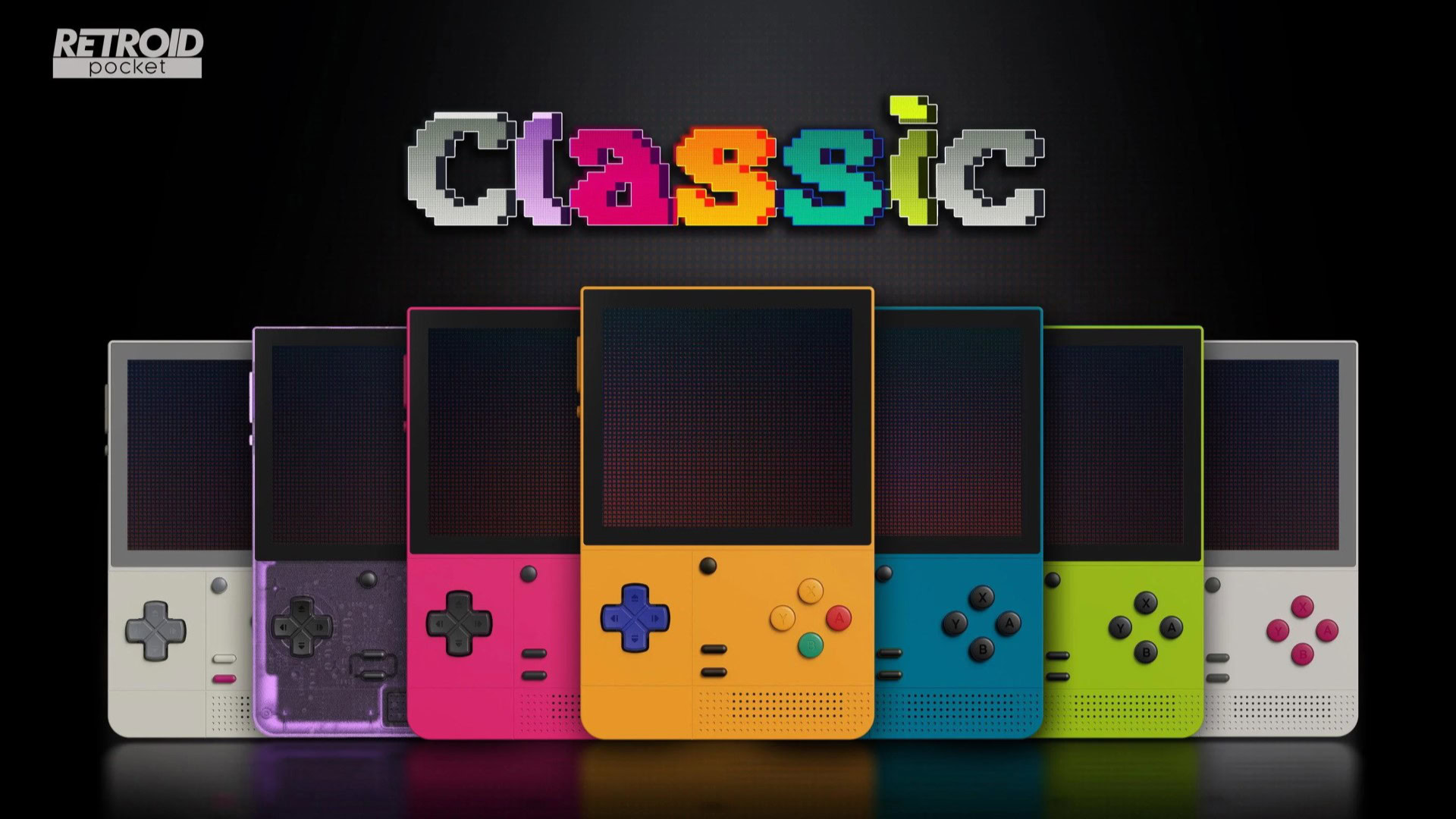
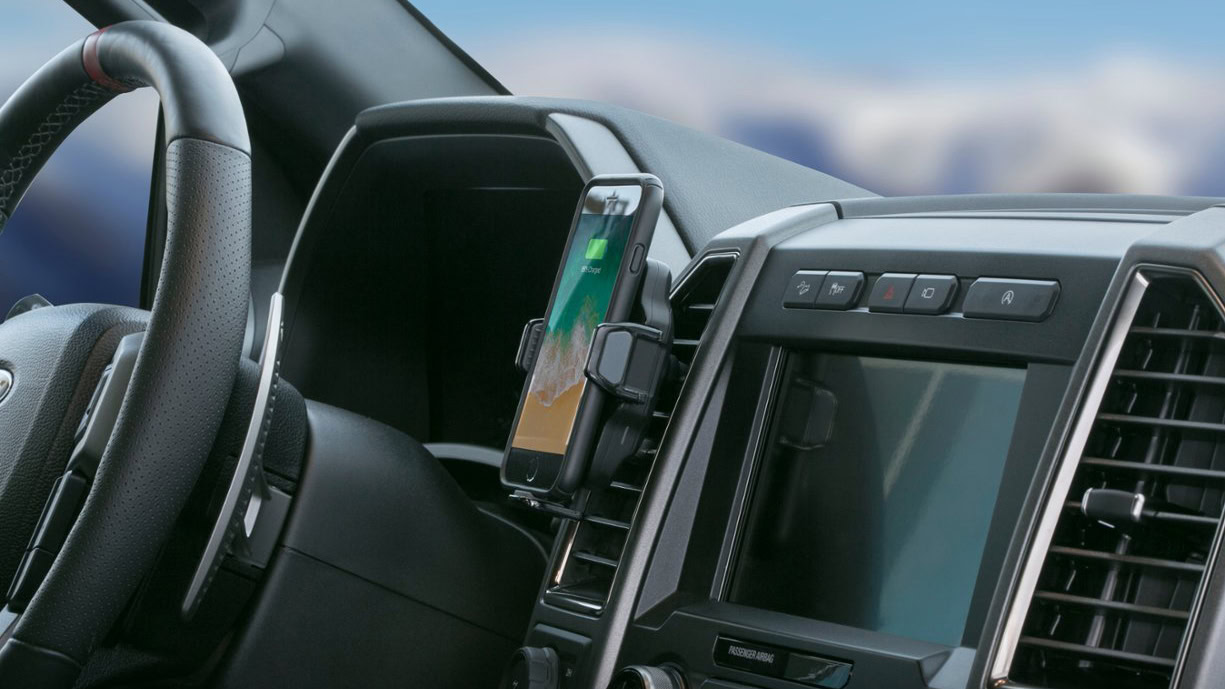




![Here’s the first live demo of Android XR on Google’s prototype smart glasses [Video]](https://i0.wp.com/9to5google.com/wp-content/uploads/sites/4/2025/04/google-android-xr-ted-glasses-demo-3.png?resize=1200%2C628&quality=82&strip=all&ssl=1)














![New Beats USB-C Charging Cables Now Available on Amazon [Video]](https://www.iclarified.com/images/news/97060/97060/97060-640.jpg)

![Apple M4 13-inch iPad Pro On Sale for $200 Off [Deal]](https://www.iclarified.com/images/news/97056/97056/97056-640.jpg)












